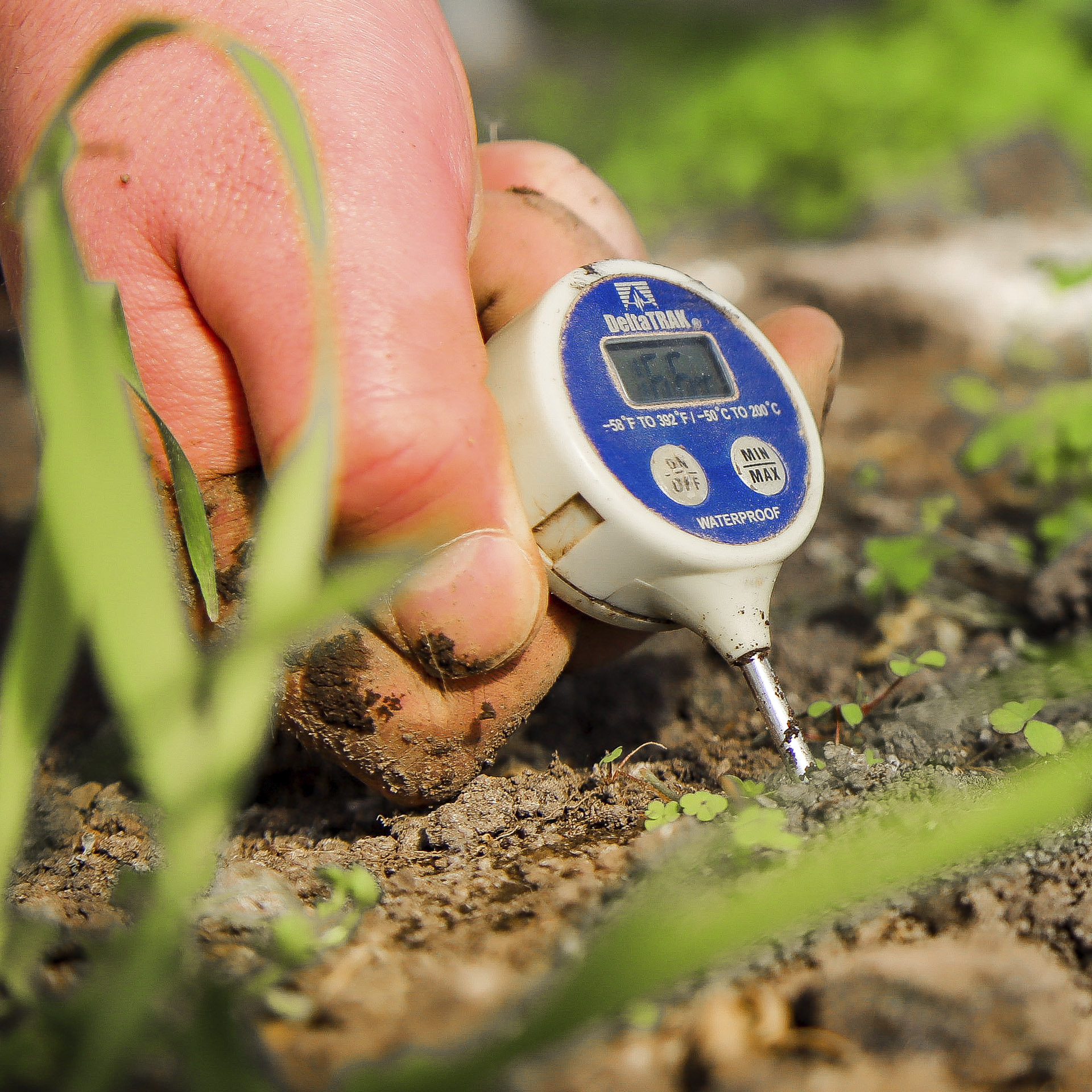El Instituto de Ciencias Agroalimentarias, Animales y Ambientales (ICA3) tiene por misión promover y desarrollar investigación e innovación de excelencia, que contribuya a la generación y transferencia del conocimiento para el desarrollo sostenible y la protección de los ecosistemas de la Región de O’Higgins y el país. Para el logro de lo anterior, aspiramos a un trabajo conjunto con la institucionalidad pública y privada regional en un marco de compromiso social, responsabilidad pública, asociatividad, interdisciplinariedad y transparencia.
Junto a lo anterior ICA3 apoya la docencia de las carreras de Ingeniería Agronómica, Medicina Veterinaria e Ingeniería Ambiental, que se imparten en la Escuela de Agronomía y Veterinaria en el Campus Colchagua, San Fernando.


















